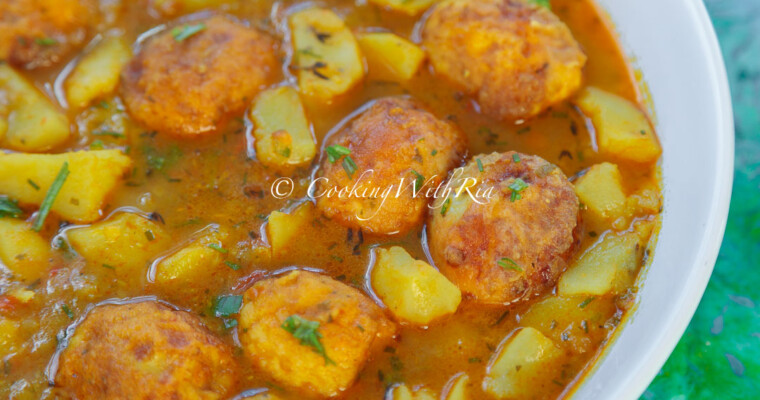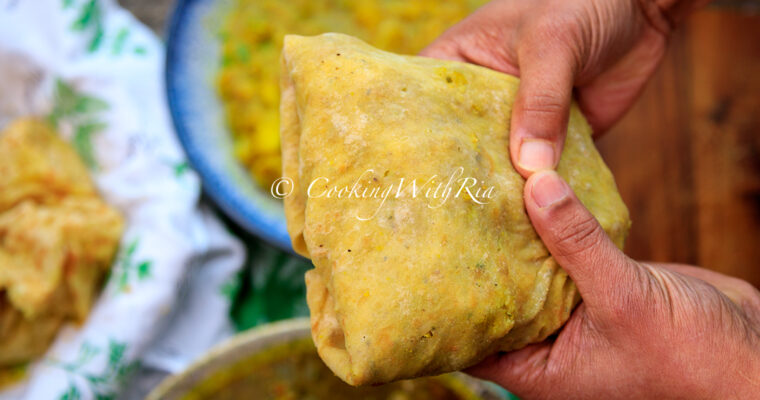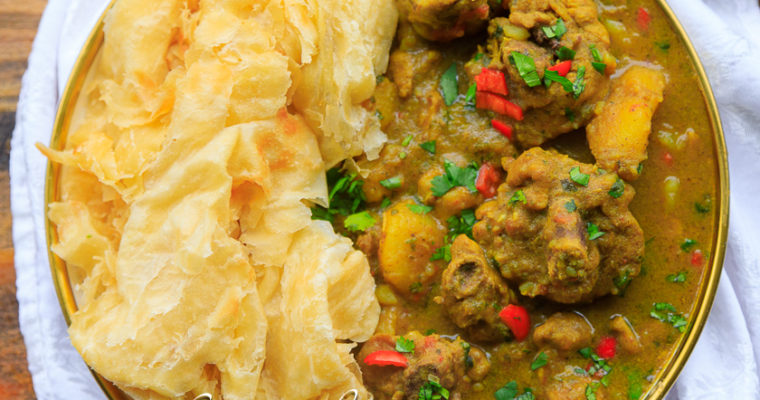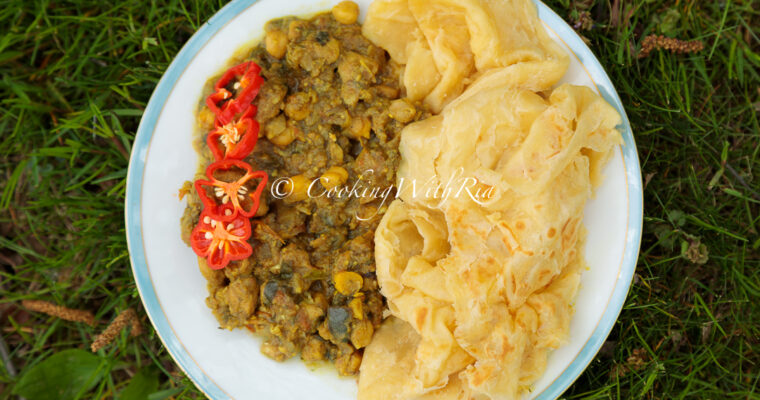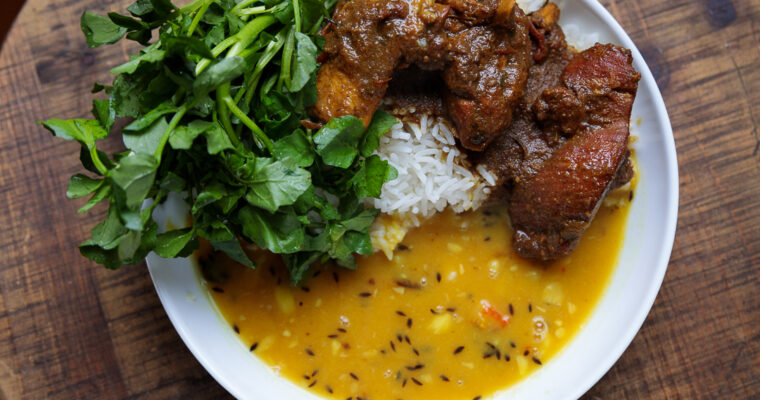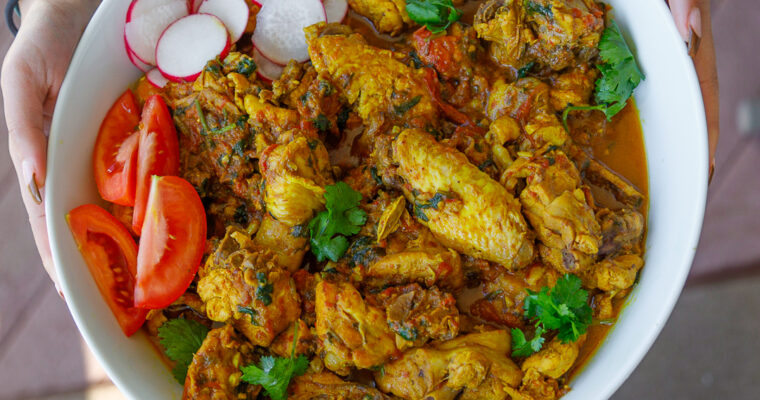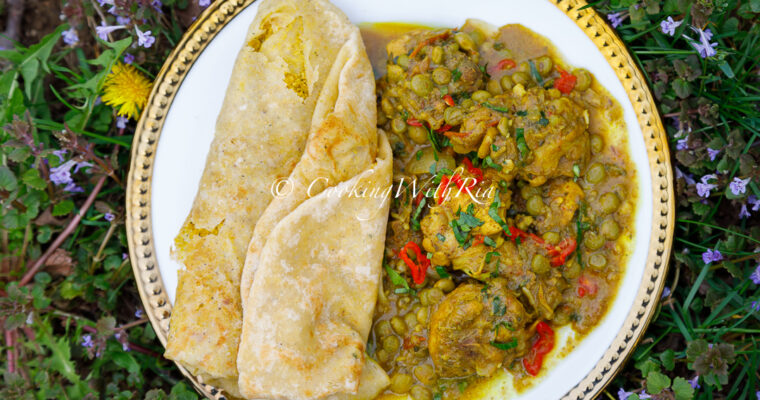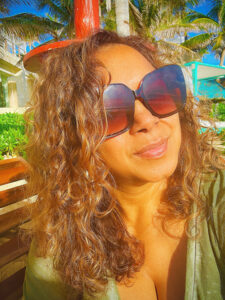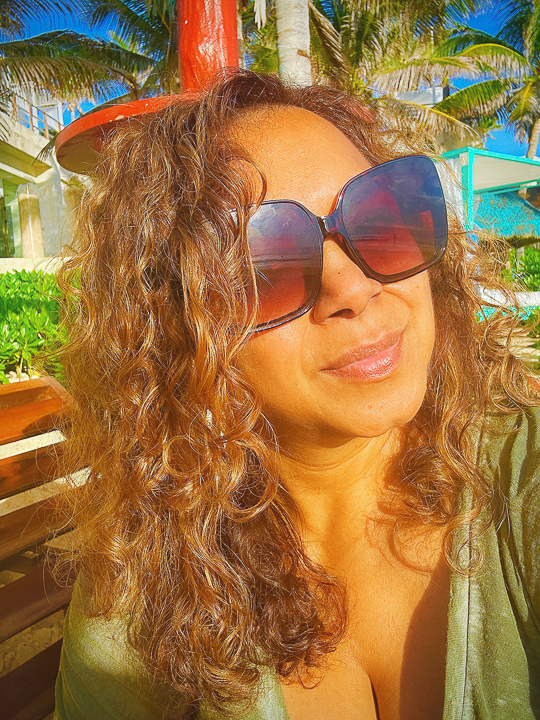Parang, a vibrant musical genre deeply rooted in Trinidadian culture, is intricately tied to the festive spirit of Christmas. Originating from the Spanish word “parranda,” meaning ‘fete’ or ‘spree,’ Parang harks back to a time when merry troupes would serenade gatherings for christenings and birthdays, spreading joy with their lively performances.
Origins and History of Parang
The origins of Parang music date back to the 18th century when Venezuelan and Spanish settlers, as well as Cocoa Payol laborers, introduced their musical traditions to Trinidad. With Trinidad’s proximity to Venezuela, the music maintained its Spanish influence while evolving within the cultural melting pot of Trinidad and Tobago. Early Parang songs were typically religious and focused on the nativity story, often performed in the language of Spanish.
Parang was traditionally performed by small groups of musicians known as parranderos, who would visit homes in their communities, singing songs of joy, praise, and celebration. These house-to-house performances are an essential part of the Parang tradition, reminiscent of caroling in other cultures. The hosts of these visits typically rewarded the musicians with food and drink, further reinforcing Parang’s communal and festive spirit.
Instruments and Performance Style
Parang music is defined by its energetic rhythms and acoustic instruments. The key instruments in a traditional Parang band include:
- Cuatro: A small, four-stringed guitar-like instrument, central to the melody.
- Maracas: Also known as chac-chacs, these are shaken percussion instruments that add rhythm.
- Toc-toc: Wooden sticks hit together to provide a percussive beat.
- Mandolin: A string instrument that complements the cuatro.
- Box Bass: A large wooden box played as a bass instrument by plucking strings.
The music is lively and celebratory, often featuring call-and-response singing, with lyrics in Spanish reflecting religious and secular themes.
Parang Lyrics and Themes
The lyrics of traditional Parang songs often focus on the birth of Jesus Christ and other religious aspects of Christmas. For instance, “Serenales” are songs dedicated to praising the Virgin Mary, while “Aguinaldos” are Christmas carols that describe the nativity scene and the joy surrounding Christ’s birth.
Over time, however, the themes of Parang have expanded beyond the religious sphere to incorporate secular elements, such as songs about love, community, and festivities. This shift has given rise to a subgenre known as Soca Parang, which fuses the high-energy beats of soca with traditional Parang sounds. Soca Parang artists often use English or a mixture of English and Spanish in their songs, adding humor and lively commentary to their lyrics.
Parang Competitions and Celebrations
Parang is not just a form of music in Trinidad and Tobago; it is an experience tied deeply to the Christmas season. During the holiday period, numerous Parang festivals and competitions take place across the country, most notably the National Parang Association of Trinidad and Tobago’s annual Parang Festival. This event draws both local and international visitors and features performances from both traditional and modern Parang bands.
One of the most famous celebrations is the Parang lime in the town of Paramin, known for its Parang traditions. Paramin, located in the northern hills of Trinidad, is a hotspot for both traditional and Soca Parang performances during the Christmas season.
Modern Parang and Soca Parang
In recent years, Parang has evolved, incorporating other musical genres native to Trinidad, such as soca. Soca Parang is a fusion genre that retains the upbeat tempo of soca while incorporating Parang’s melodic structure. This blend has helped Parang reach a younger audience, ensuring its relevance in Trinidad’s modern cultural landscape.
One luminary who left an indelible mark on the Parang scene was Daisy Voisin (1924-1991), affectionately known as the “Queen of Parang.” Hailing from the picturesque town of Erin in southern Trinidad, Daisy’s musical journey was deeply intertwined with her multicultural heritage. Born into a family of six girls, Daisy’s lineage traced back to diverse roots—her father, Matthias, boasted French ancestry from the northern town of Arima, while her mother, Juliana, hailed from Venezuela.
Despite her humble beginnings, Daisy’s extraordinary talent and soulful voice propelled her to the forefront of the Parang movement, earning her widespread acclaim and admiration. With her captivating performances and enchanting melodies, she became a beloved figure in Trinidadian music, leaving an enduring legacy that continues to inspire generations of Parang enthusiasts.
In the Soca Parang arena, artists like Scrunter (Irwin Reyes Johnson) and Crazy (Edwin Ayoung) have created timeless hits such as “De Parang Now Start” and “Parang Soca”, which have become staples of the Christmas season in Trinidad.
The Spirit of Parang
Parang music is more than just a holiday tradition in Trinidad and Tobago; it is a celebration of community, family, and faith. Whether it’s traditional house-to-house parrandas or modern Soca Parang on the radio, the music brings people together, embodying the joy and warmth of the Christmas season. Through its distinctive blend of Spanish-Caribbean sounds and its evolution over time, Parang remains an enduring symbol of Trinidad’s rich and diverse cultural heritage.
References:
- National Parang Association of Trinidad and Tobago, Parang Music
- Trinidad Express, The History of Parang in Trinidad

